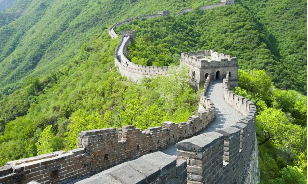Welcome to Beijing
The city, located in northern China, is governed as a direct-controlled municipality under the national government with 16 urban, suburban, and rural districts. Beijing Municipality is surrounded by Hebei Province with the exception of neighboring Tianjin Municipality to the southeast; together the three divisions form the Jingjinji metropolitan region and the national capital region of China.
Mostly popular for: Historical, Architecture, Landmark, Museum, Parks
For further information on the city of Beijing, please visit http://www.beijing.gov.cn/.


